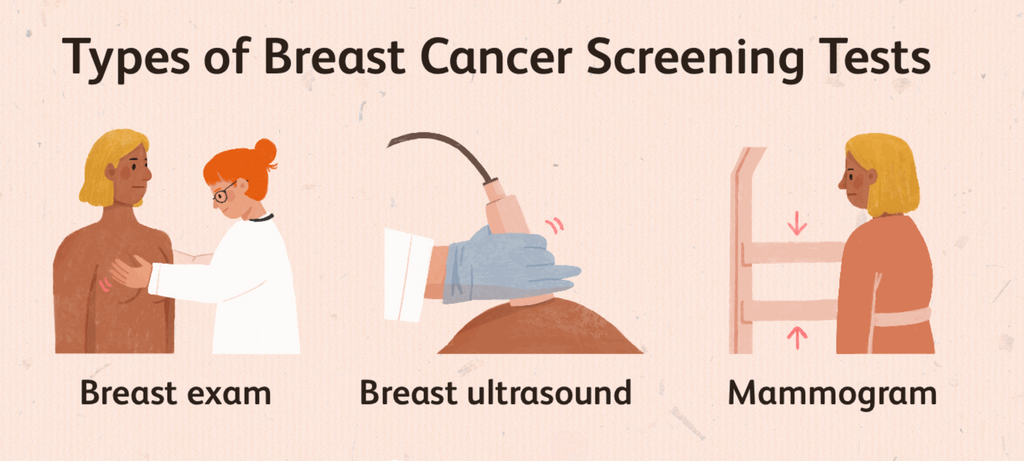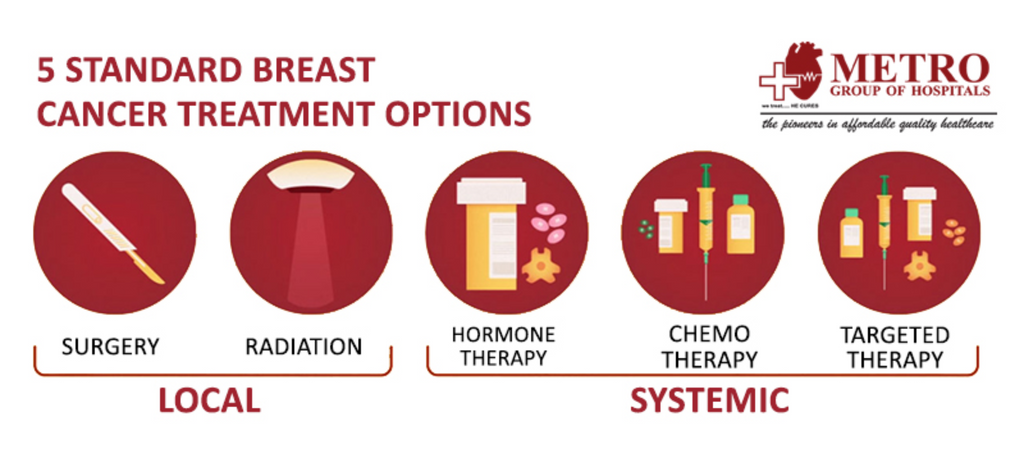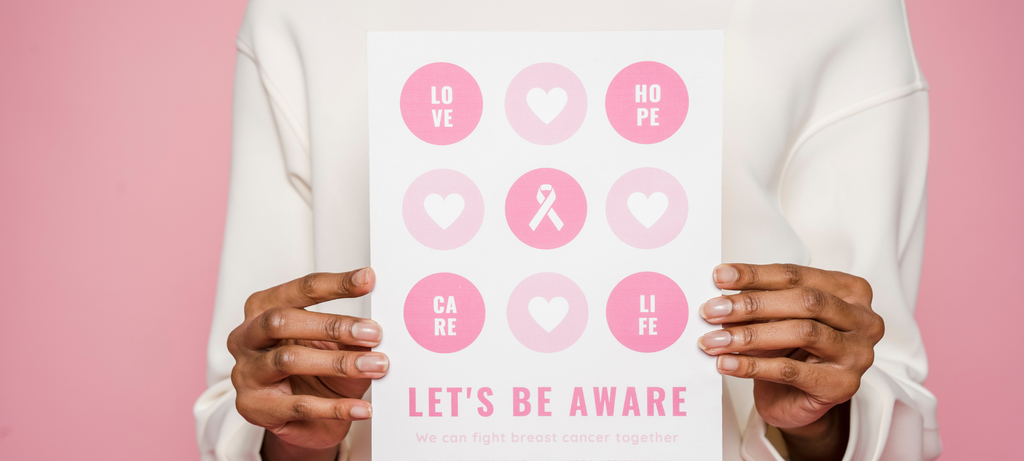🥘 New Drop: Beef Bourguignon (10% OFF)
Cozy, rich, and ready to heat—add our new Beef Bourguignon at 10% OFF intro pricing this Christmas.

Modern living is a busy struggle, and women often juggle multiple roles, between work, family, and childcare. Sometimes, this fatigue and stress can make us overlook the most important person - ourselves. October, with its cool autumn air, is dedicated to breast cancer awareness, especially for women. Broth Inc. invites you to pay attention to your own health. We will share a doctor's story of battling her breast cancer, methods for prevention, and help you understand the types of breast cancer and treatment options. Let's protect our health and the health of our loved ones. Without further ado, let's dive into this story of cancer fighting!

As an oncologist, I've dedicated my life to cancer treatments and surgeries. I've encountered countless patients, and among them, breast cancer patients have always been particularly challenging to counsel. Despite promising cure rates, many are hesitant about treatments like mastectomy or chemotherapy, often leading to treatment delays with severe repercussions. I used to ponder their fears, questioning if aesthetics took precedence over life. But everything changed when I was diagnosed with breast cancer.
That day remains etched in my memory. I was casually doing a breast ultrasound, having felt some unusual swelling. To my horror, the screen displayed a distinct tumor, hauntingly waving back at me. How could this happen to someone as health-conscious as me? Before I could process the shock, a whirlwind of tests ensued—mammograms, biopsies, blood tests, and more.

As days blurred, I juggled between being a doctor and a patient. When my diagnosis became public knowledge at the hospital, the disbelief in my colleagues' eyes mirrored my own. Why me? Thankfully, early detection was on my side. But nothing prepared me for the sight of my hair falling out post-chemotherapy or the surreal experience of transitioning from the surgeon to the patient, lying on the operating table, surrounded by familiar faces. I had always advocated for surgeries, but living through the actual fear and exhaustion gave me a new perspective.
My recovery journey transformed me into a more compassionate physician. Now, when I reassure patients post-surgery, it's not mere consolation. I genuinely hope my empathy, though it can't diminish their pain, can at least assuage their fears. Through my experience, I aim to underscore the significance of breast health awareness for all women.
With that said, it's crucial to delve into the causes of breast cancer and the preventive steps we can take.

Hey beauties! Think of our breasts as enchanting castles filled with delightful inhabitants. But, just like in fairy tales, there might be some unwelcome guests - those pesky mutated cells of breast cancer. Now, we all have these cells lurking around, but a strong and healthy castle can fend them off. So, the magic potion? Nourishing our bodies and keeping them in tip-top shape to ward off these invaders. Wondering how to brew this potion? Let's dive in! 🏰✨
You know those sneaky endocrine disruptors found in plastics and other environmental baddies? They're like the villains trying to mess with our female hormone balance, leading to some not-so-great cell changes. And guess what? Us ladies are more susceptible to their tricks than the gents. So, what's a girl to do? Ditch those plastics, embrace organic and simple cleaning goodies, and switch up that skincare routine now and then. Let's keep those hormone hijackers at bay!
Think of your regular breast self-exams as your castle's security patrols. Gently feeling around, making sure everything's in order. And those imaging exams? They're like our high-tech surveillance cameras, keeping a close watch on every corner. Here's the tea: cancer cells are sneaky and take their sweet time to form. The sooner we spot them, the better we can defend our kingdom. A little heads-up, by the time we can actually feel a lump, it might mean those sneaky cells have been partying for a while, often reaching stage three or beyond. So, lovelies, early detection is our best defense. Let's shield our treasured castle with timely checks! 🏰💖🔍


Think of breast cancer not as one big, scary monster, but a collection of little critters causing chaos. These critters, or abnormal cells, love to hang out in breast tissue, forming what we know as tumors. And just like in fairy tales, these critters come in all shapes and sizes - some are sneaky elves causing mischief, while others are timid kittens hiding away. But what makes them grow wild? It's often due to gene mutations or hormonal changes that let these cells run amok.
Today, breast cancer has met its match with the latest medical advancements. Here's a concise look at the top treatments making waves in the fight against this disease.

The future of breast cancer treatment is brighter than ever, with these innovative approaches leading the charge. Together, with knowledge and the right tools, we're geared up for the fight!
The world of medicine is like a never-ending story, with new chapters being written every day. And guess what? Even the trickiest of villains, like triple-negative breast cancer, is starting to meet its match!
Ladies, our bodies are like sacred temples, and it's up to us to protect and cherish them. So, dive deep into understanding how to keep our health in check. And hey, if things get a bit too much, it's totally okay to hand over the reins to your partner. Let him handle the kiddos, tackle the dishes, or maybe even treat you to a little retail therapy 😉💳.
But on a serious note, never forget the power of regular check-ups. Our breast health is paramount, and early detection can be a game-changer. Stay fierce, stay informed, and most importantly, stay YOU! 💪🌼🎗️

References: